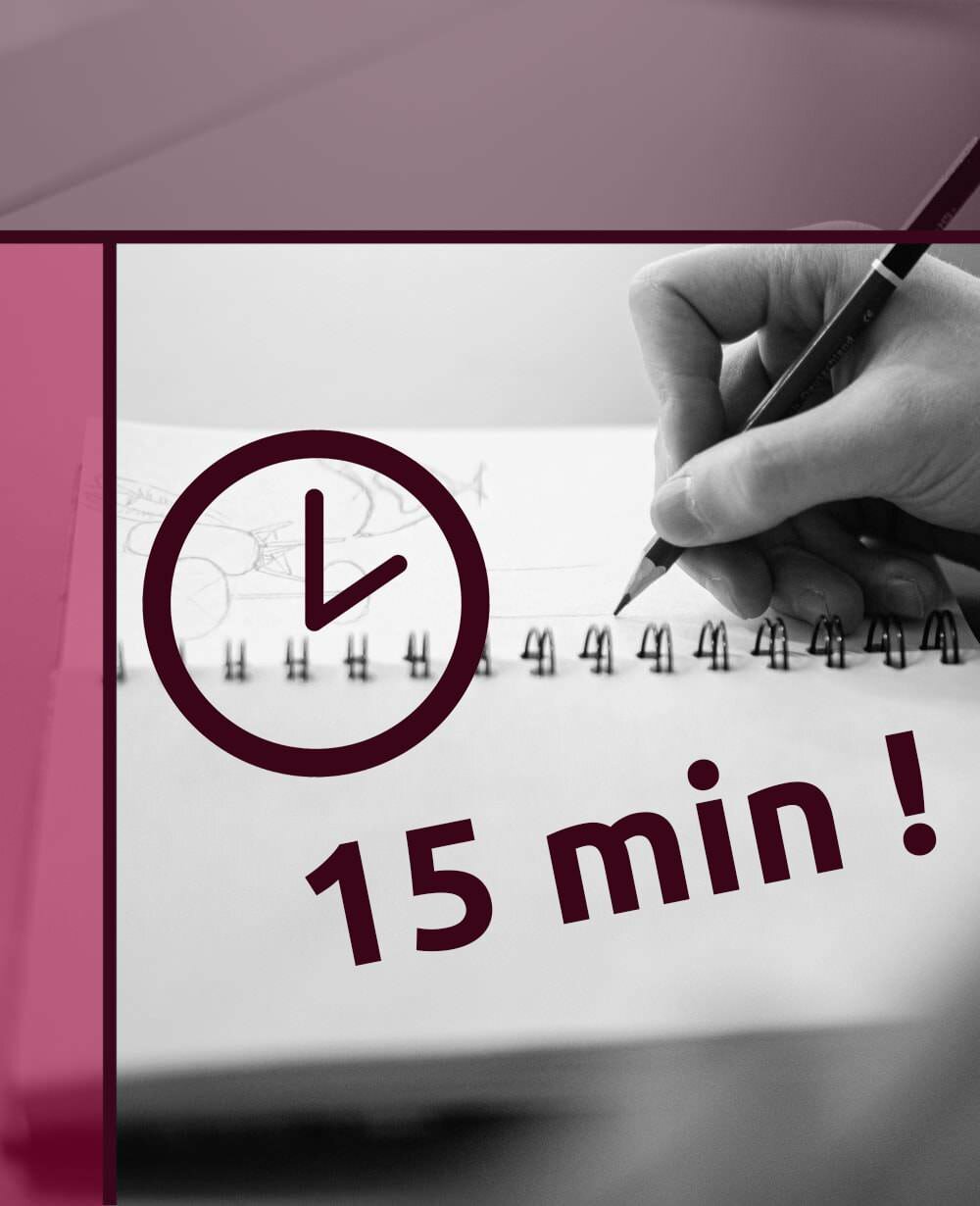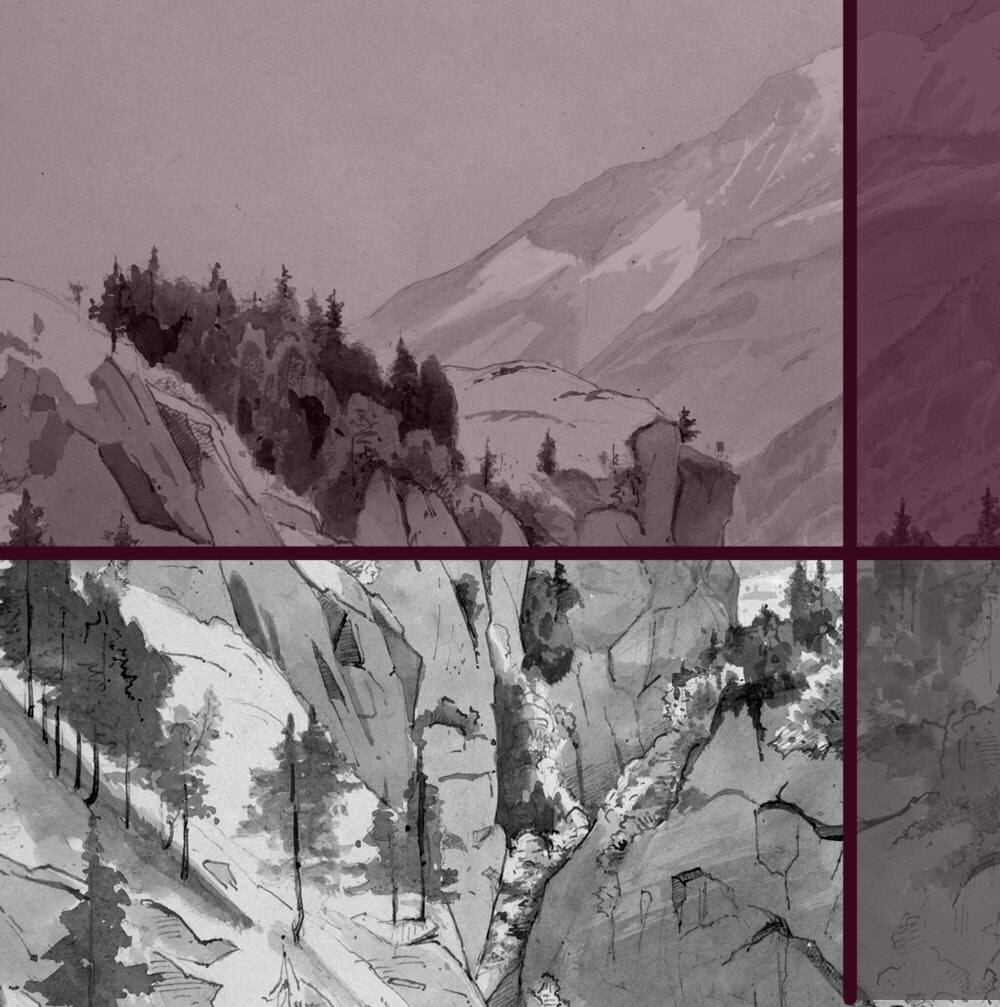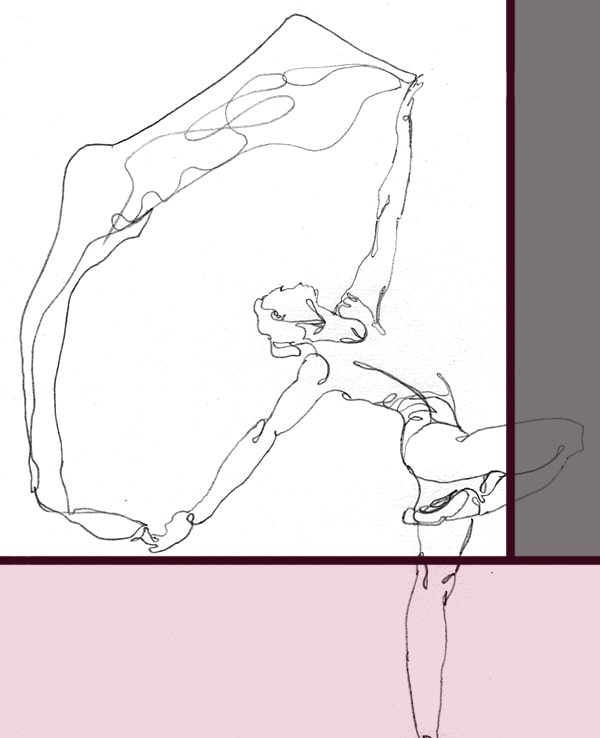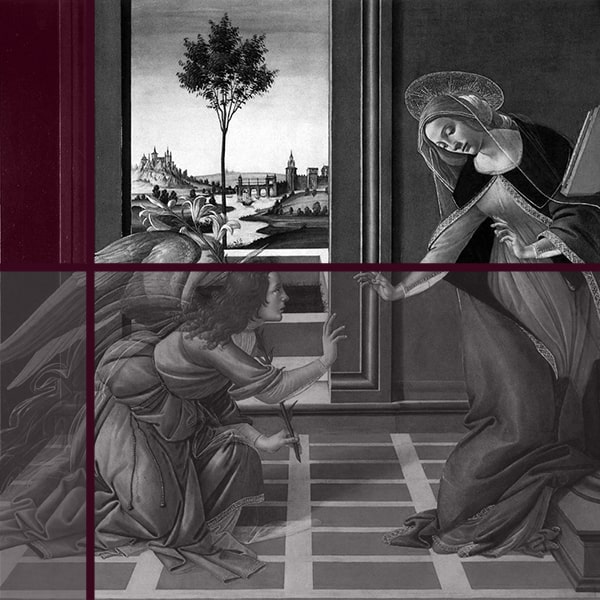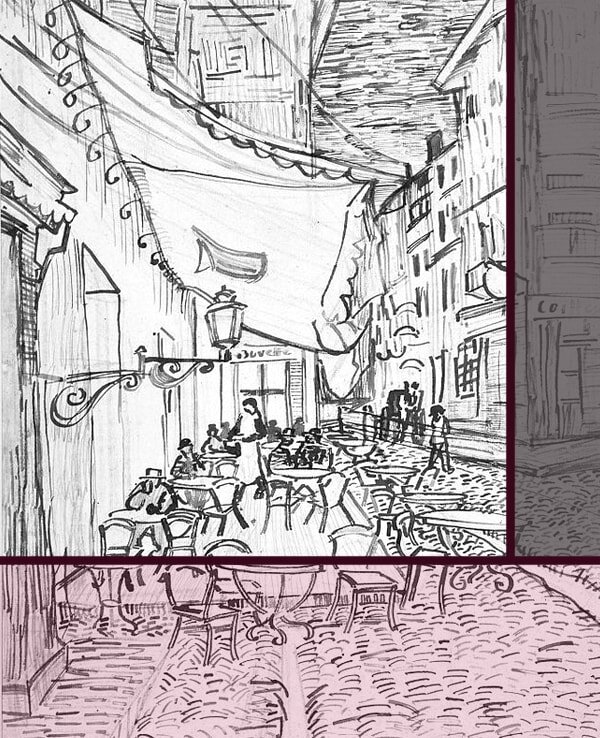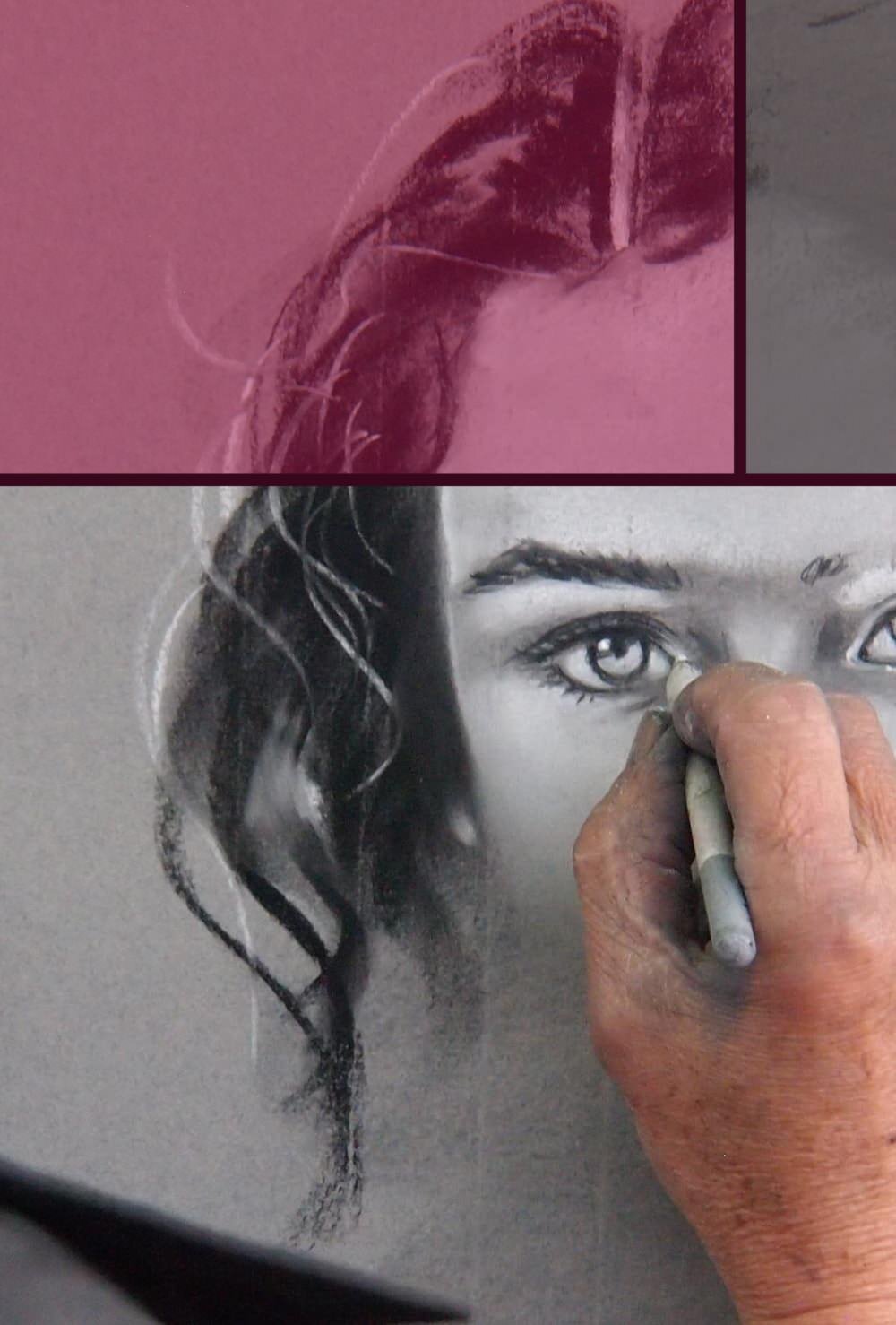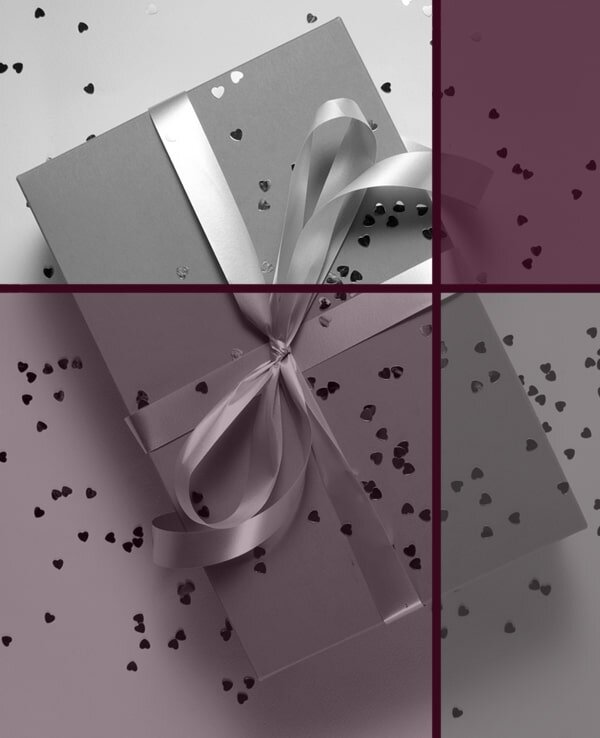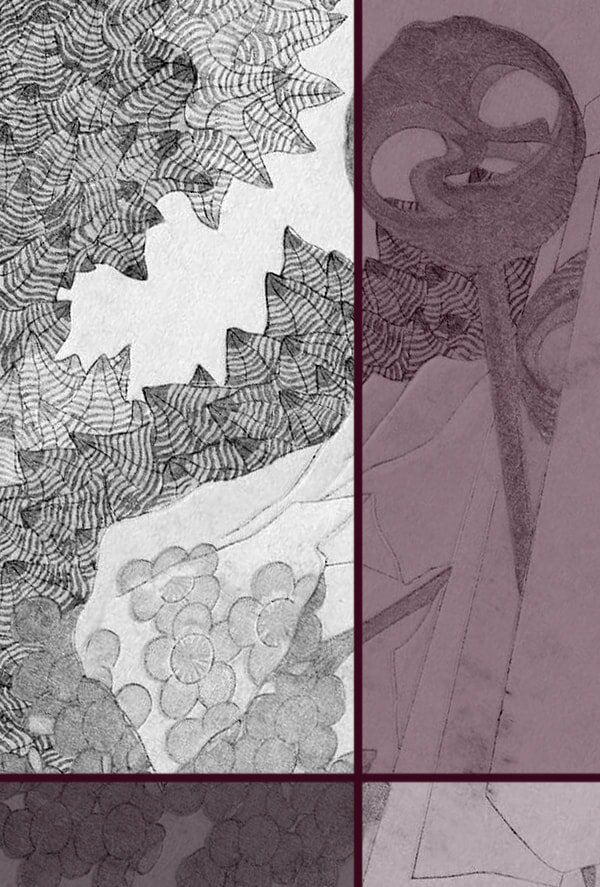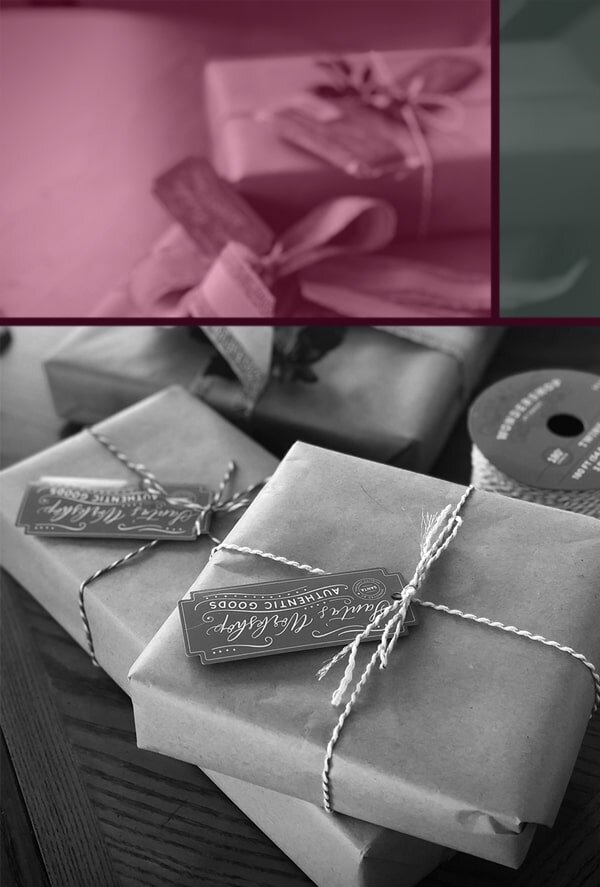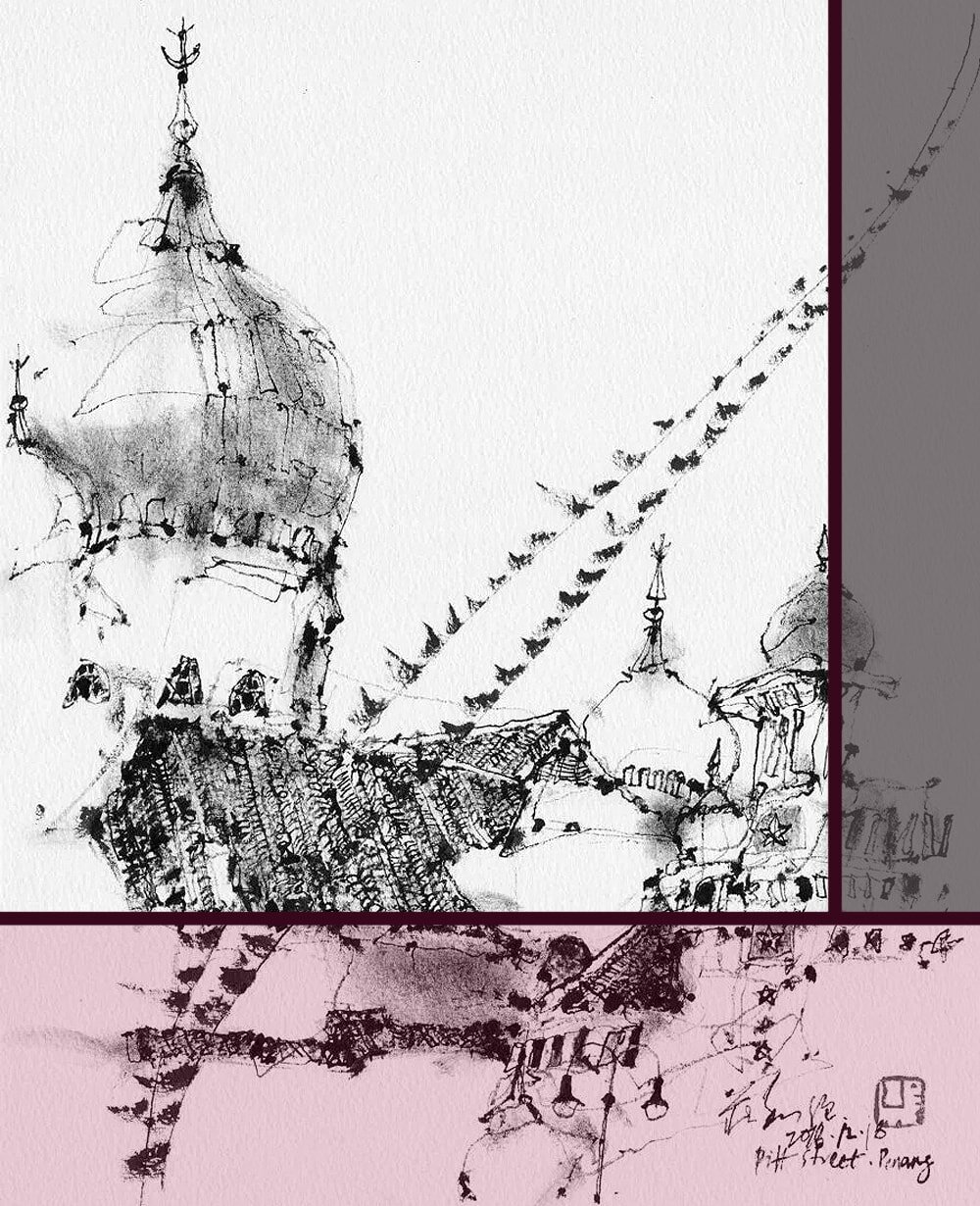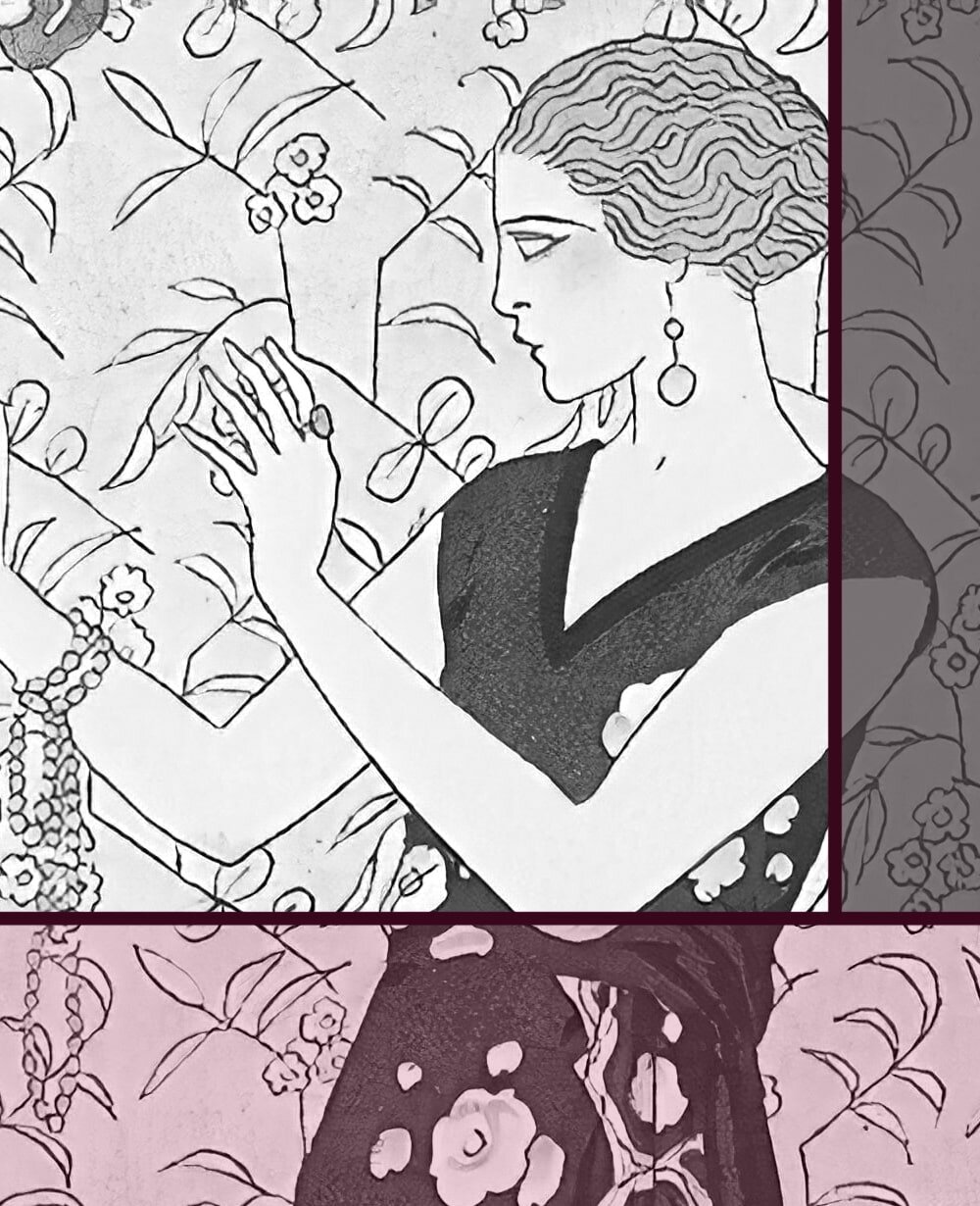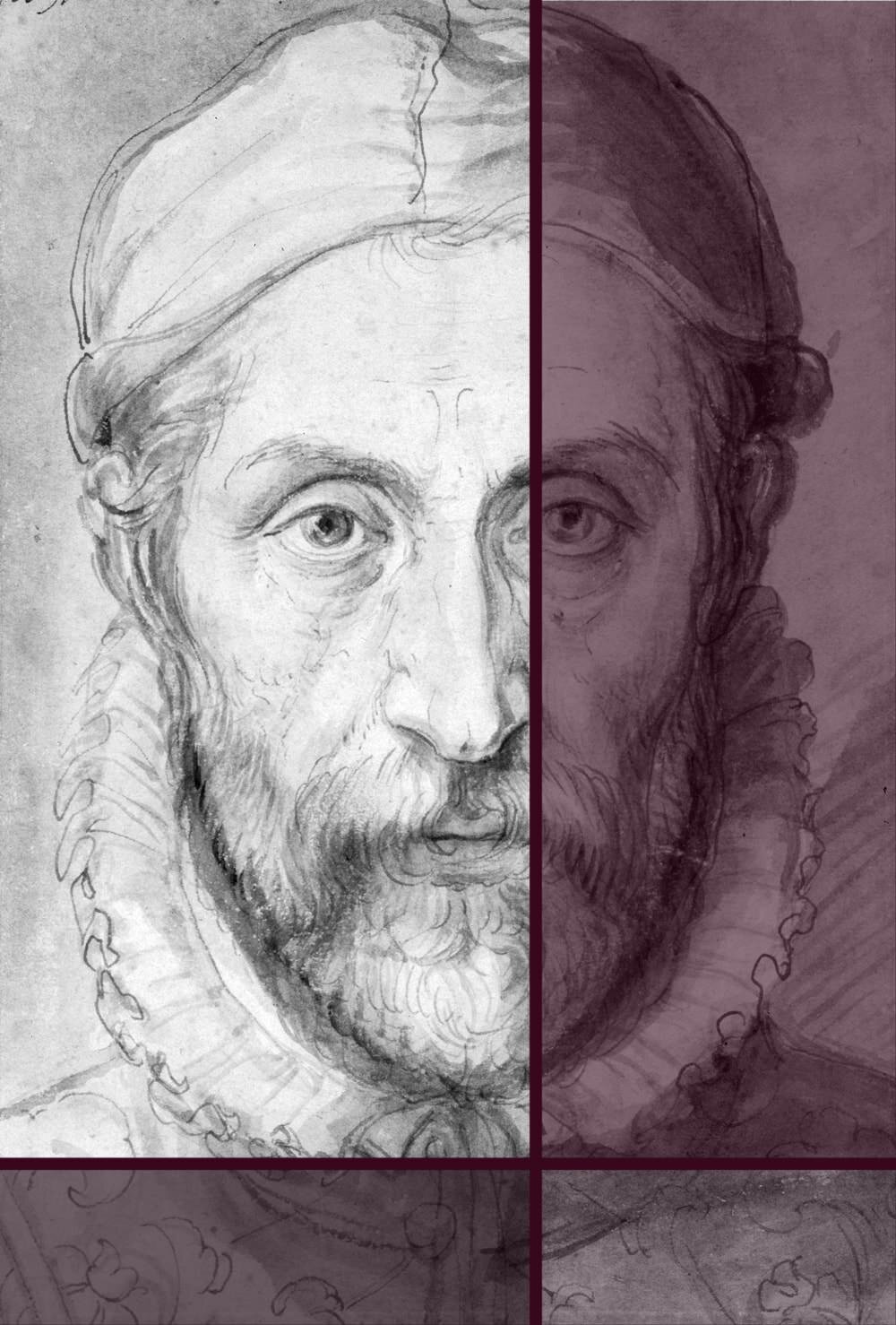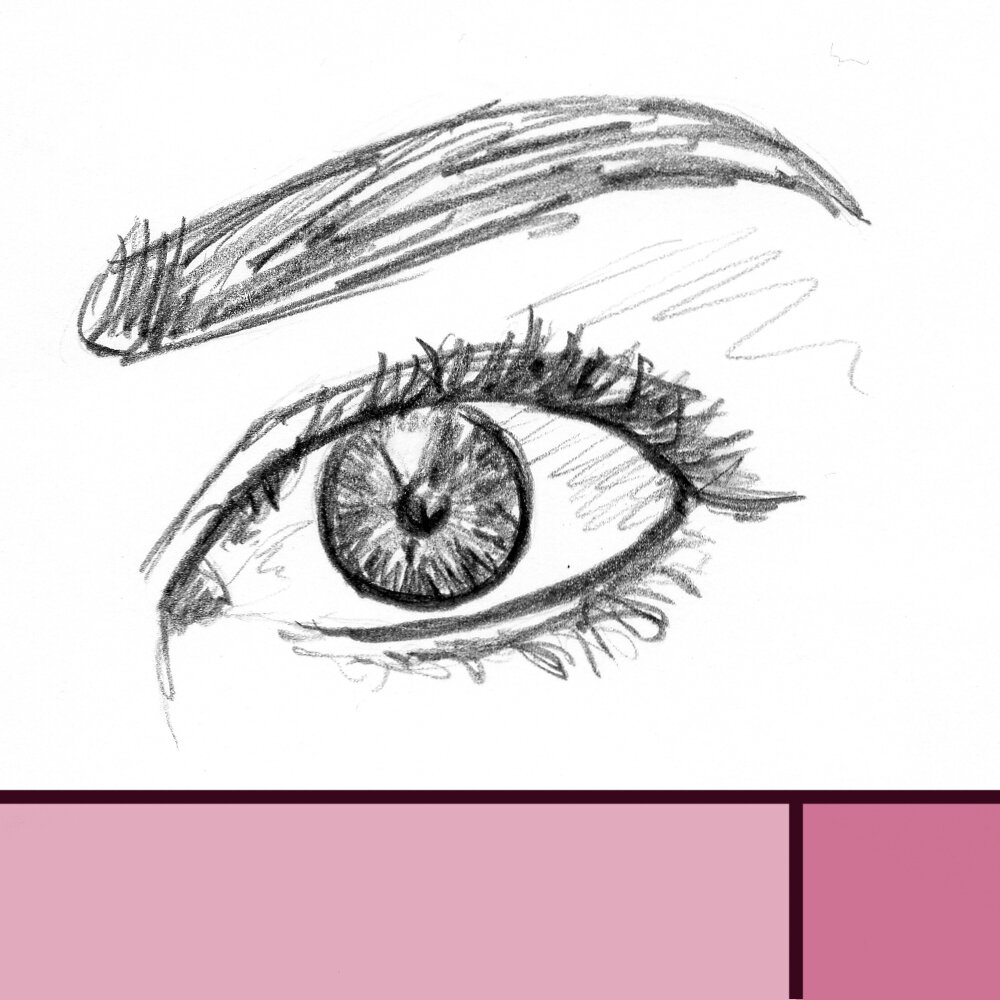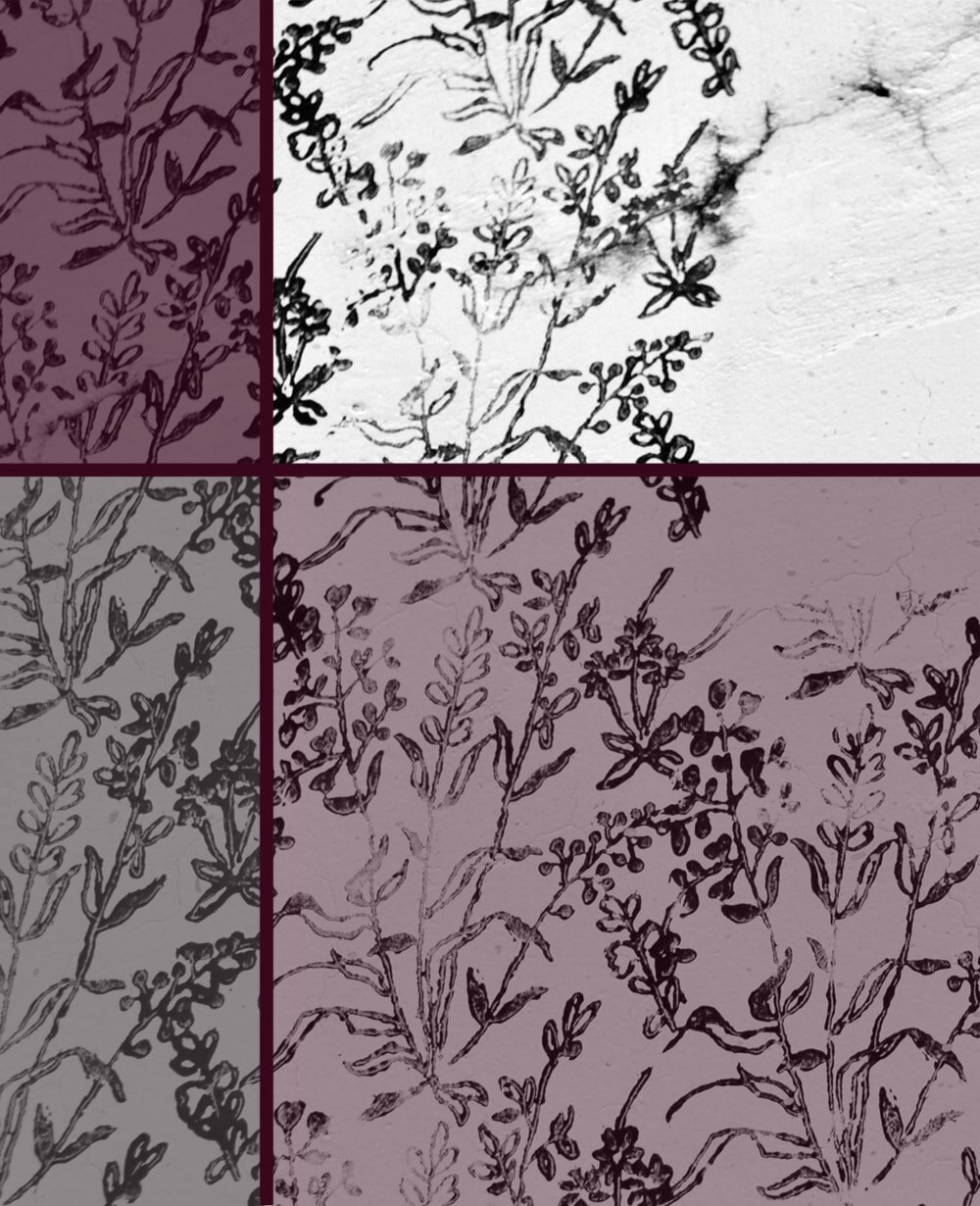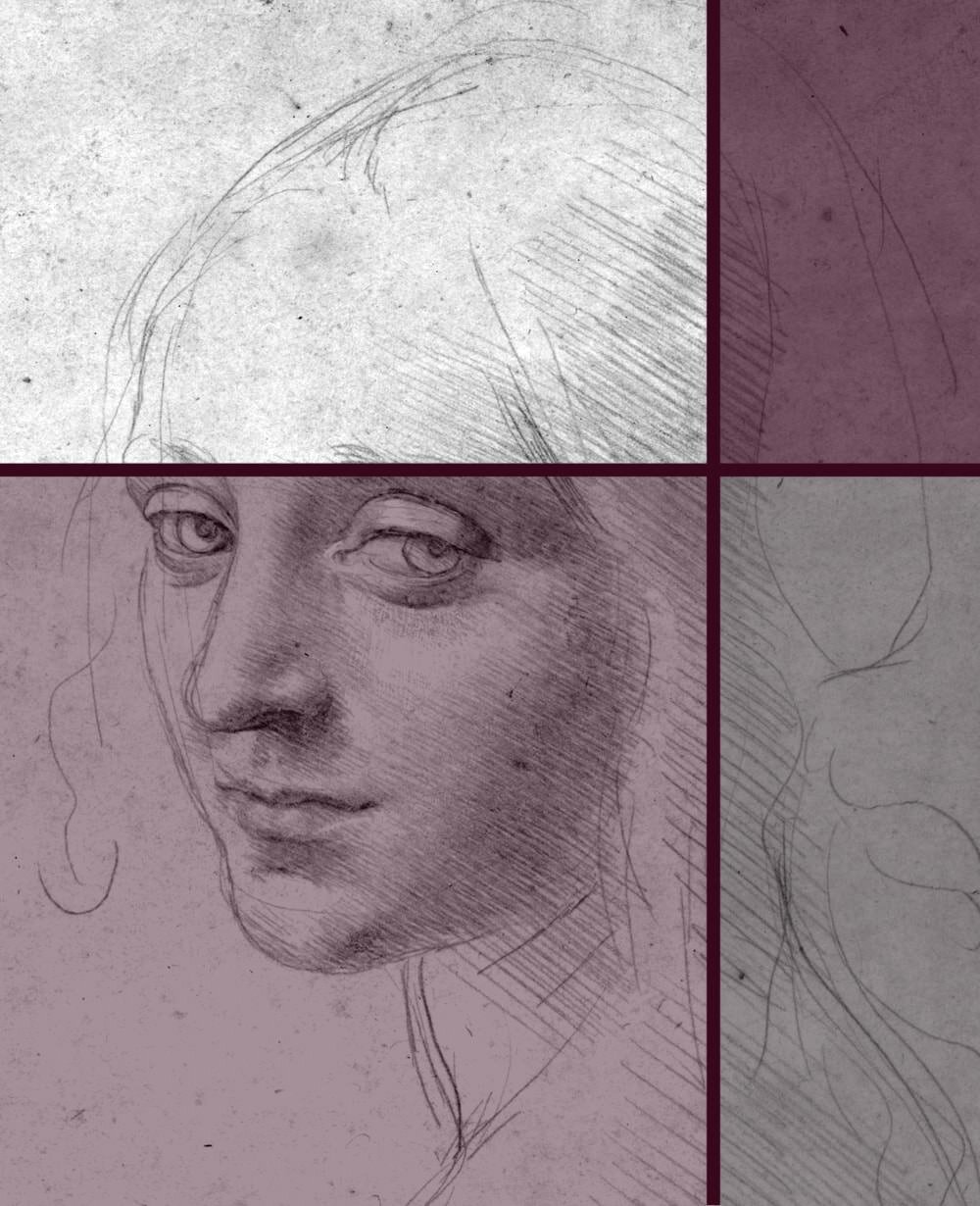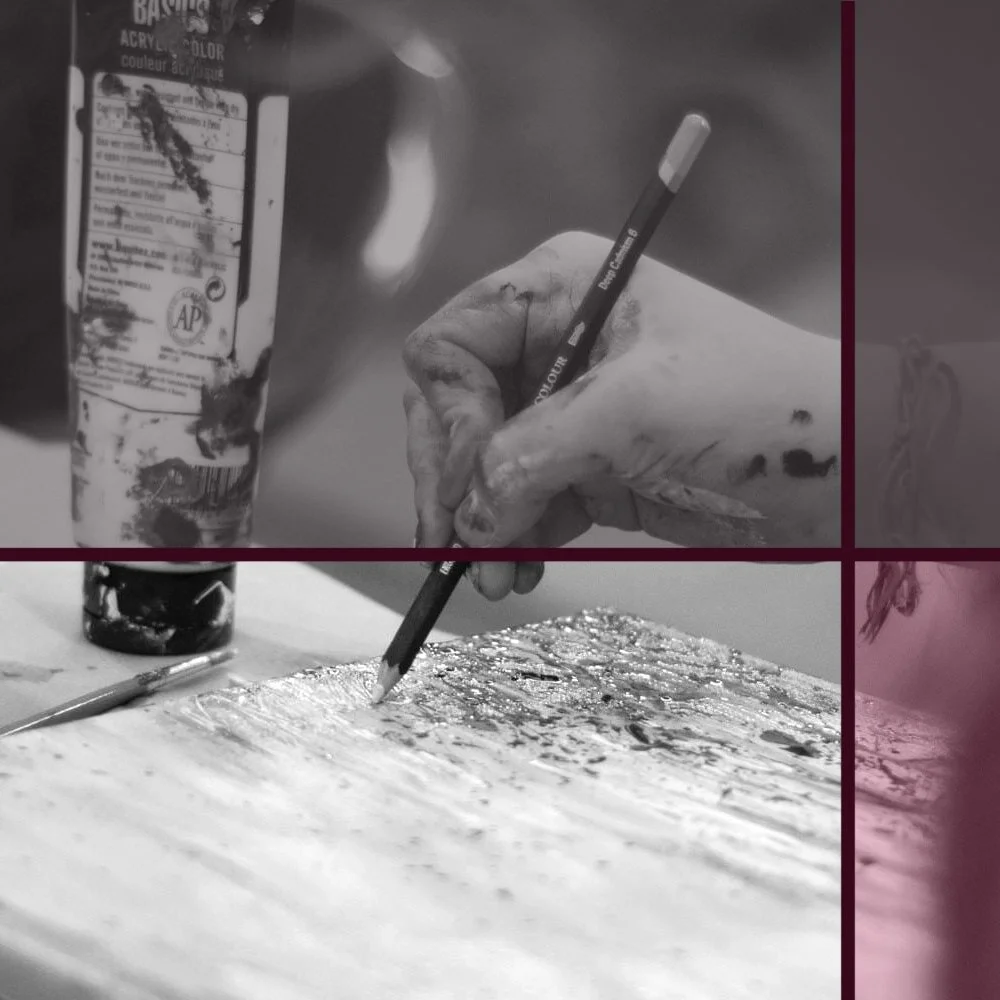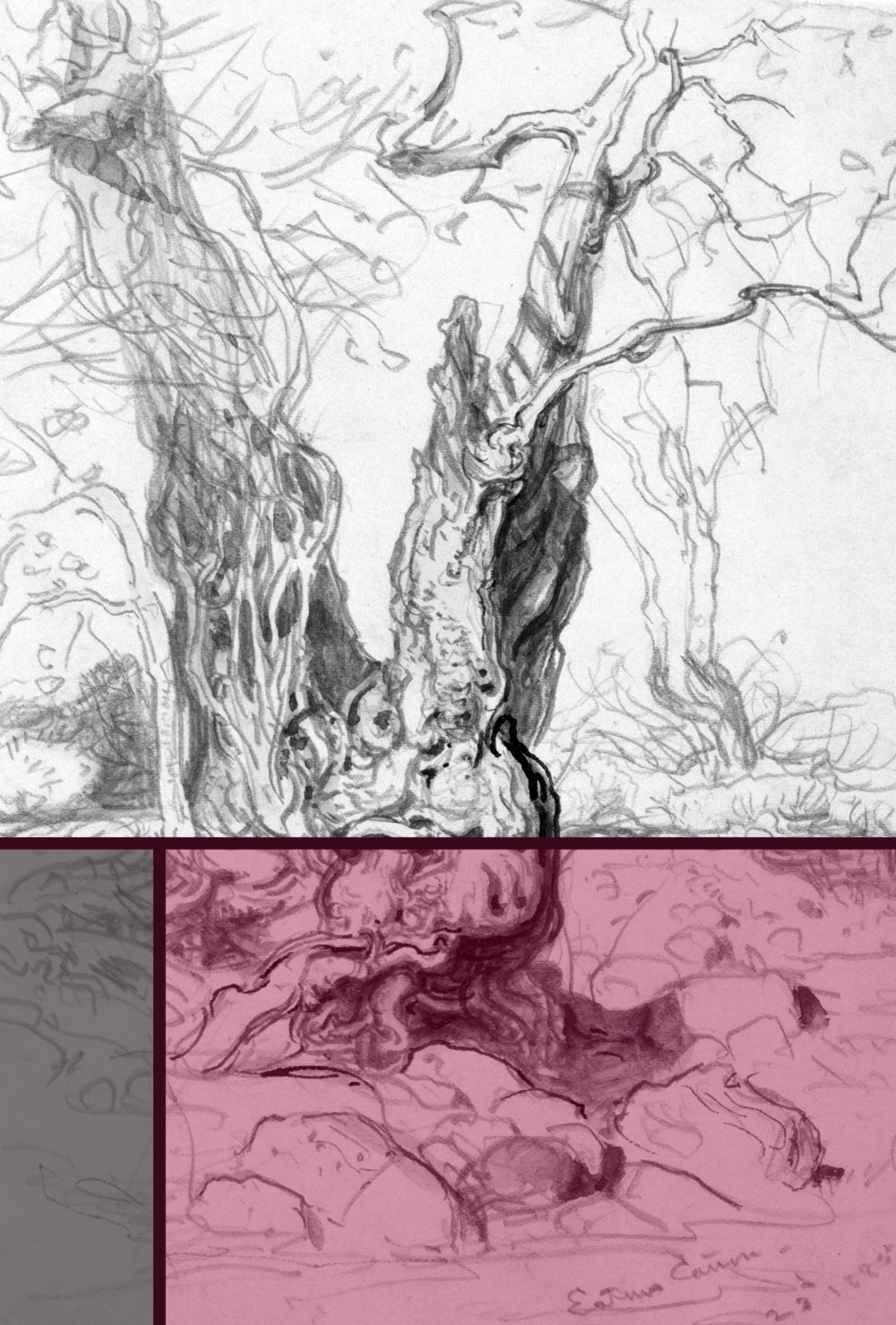Recommended Materials
Here’s a short list of the drawing materials I use, for all those who asked me for recommendations. It’s not an exhaustive list, and it’s very subjective of course. I’m happy to show you what works for me, but in the end everyone will develop their own preferences over time.
I’ve also created a Recommended Resources page, so you always know what kind of courses, books and websites I use to improve my own skills.
There’s nothing like a high-quality Moleskine Art journal for sketches you want to last. They’re pricey, for sure, but you get what you pay for. They also come in pocket-sized, for sketches on the go. For everyday sketching practice I just use a random sketchpad from the Pound Store.
You can learn more about sketchbooks in my related post.
If you’d like to try creative journaling, the Ottergami Hardback is the best I’ve ever used. The dotted paper is thick enough for most pens and markers (not watercolour though). Check if yours arrives in a pretty blue box, cause there are some inferior counterfeit versions out there that just come in a plastic wrapping (you can just return those to Amazon at no charge).
With pencils, I like my professional-looking, matte black Derwent the best. I’ve also used Faber-Castell for years, which are of slightly higher quality, but I don’t find their shiny green exterior as visually pleasing.
You can learn more about pencils in my related post.
A good eraser that doesn’t smudge is surprisingly hard to find. My current favourite is the Faber Castell PVC-free eraser, nice grip and no smudging.
I very rarely use kneadable erasers, simply because stuff gets stuck in them and they get really gross after a while.
I have a table top easel that I use for exercises and very meticulous, lengthy drawings, so I get the perspective right and don’t crane my neck in the process.
I use the Micron pens often in combination with water colour or acrylics. They’re waterproof once dry, so you can draw outlines first and then colour them in with paint, such as for some nice urban sketching on the go. Here’s an example of me using (cheap) acrylics with the Micron pen.
These Crayola pens come in many nice colours and are fabulous for creative journaling or to use on the go. Don’t take the ‘washable’ too serious though, they’re really not.
I’ve been using the Pelikan water colour boxes since I was a toddler. They’re designed for children, but the colours are easy to use, cover well and are perfect for the odd art project that needs some colour, such as creative journaling or making greeting cards.
When I feel like painting and want something a little stronger than water colour, I just buy a cheap acrylic paint set from Amazon or the Pound Store. Nothing fancy but it does the trick for smaller projects.
If you’re planning to paint something that’s going on the wall or needs to stand the test of time, then Windsor & Newton or another professional brand is the way to go.
I haven’t used drawing ink for a while due to lack of time, but I’ve loved using the little Winsor & Newton pots at university. They are not cheap, so you might just start out with a single pot of your favourite shade (mine doesn’t exist anymore, but you could try Sunshine Yellow or Burnt Sienna for a nice old-school look).
As for brushes, I have no specific recommendations. Some of the ones I use I’ve pinched from my mother’s expensive water colour brush set some twenty years ago (they’re still good), others I’ve bought over the years in various art stores. Just make sure you have a set of cheap brushes handy for messier projects, so you don’t ruin your good ones.
Find out why it’s so popular and how you can join the movement.
Here's how you can improve your technique even on busy days.
Those irregular shapes can be a real pain, it's true. But there is a way.
Whether you're a beginner or simply out of practice, these simple drawing exercises will help you get in shape.
It’s not just a topic for still lifes or the master artists of old, you know.
Let's dip our toe in the water with some easy beginner practice.
No idea what to draw, paint or sculpt today? No worries, I've got you covered.
There are more options than ever before, let's explore a few to find what suits you best!
Just like in sports a proper warm-up for a sketching session delivers the best results.
A road map to drawing interesting portraits.
Buy something that the artist in your life will truly adore!
Is it even worth trying to learn drawing if you have so little spare time? Of course it is.
Not everything you paint has to be on a canvas!
Follow these tips for truly inspiring architecture sketches!
It’s not just fruit and wine, there are still life subjects out there for all of us.
Handmade presents are perfect for Christmas, birthdays or just because!
The Malaysian artist never fails to amaze with his quirky and vibrant sketches.
Drawing skills are handy for so much more than just sketching pictures to hang on your wall.
What is it about sketching the human face that makes it such great practice?
Whether online or in person, sometimes it's nice to make some like-minded friends.
Galleries aren't the only place to discover new things to draw and paint.
—
Let's practice some of the trickier parts of sketching those pretty nature views!
Some easy practice ideas to help you get it right.
There is a lot of choice, so here are some tips to help you find the right medium and style for you.
We all need a little wisdom from the old (and current) masters once in a while.
Drawing great landscapes will be super easy if you follow these simple tips.
Motivation is a moody thing, so here are some tricks to get it back in case you lose it.
Let's have a look why so many artists favour landscapes above all else.
There are many ways and reasons to share your artwork with more than just friends and family.












